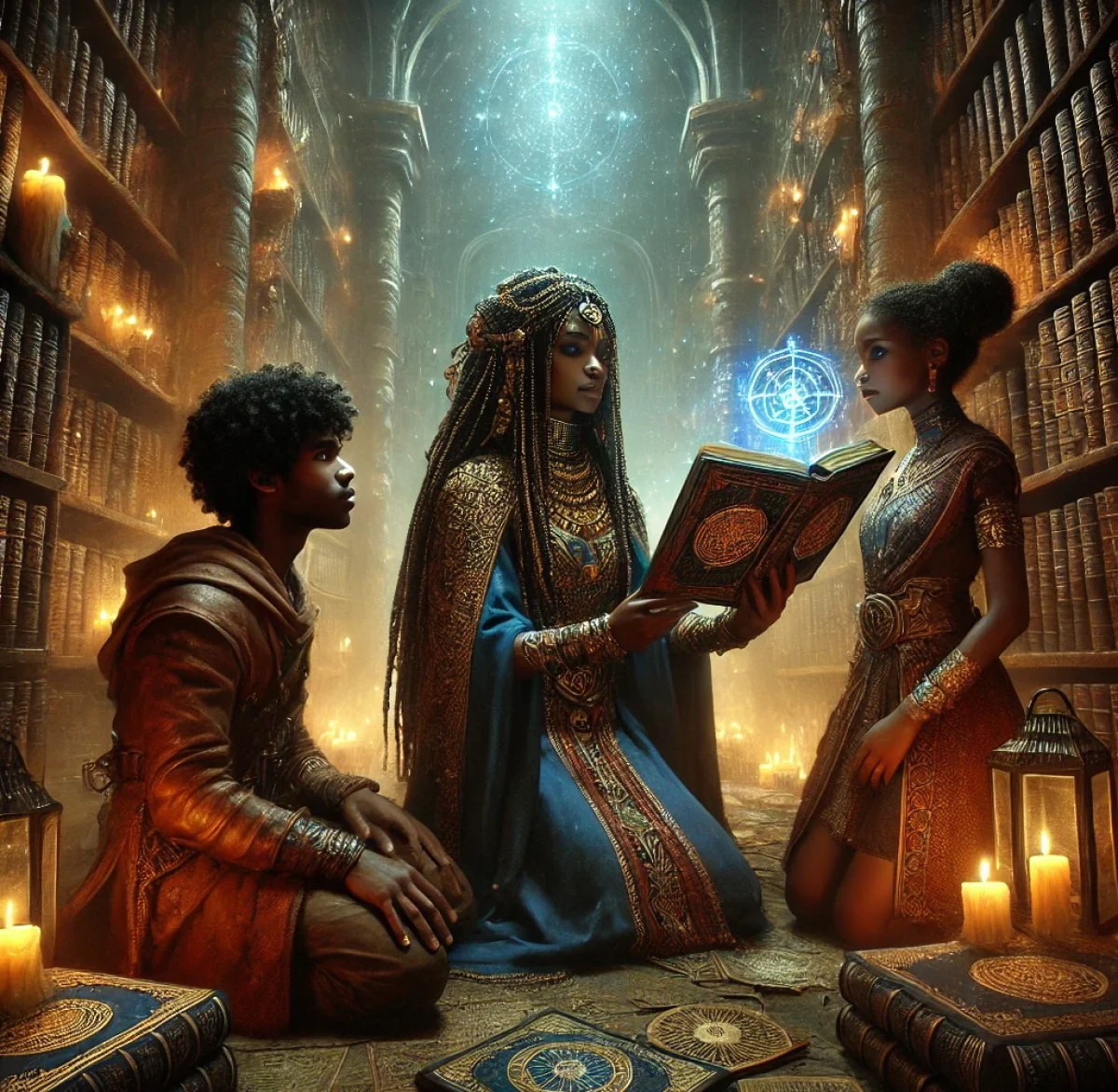Certainly. Below is the adapted version of the Scene Development Superprompt, customized for use across three specific genres: horror, romance, and science fiction. Each section includes genre-specific considerations and examples while maintaining the core structural and technical integrity of the original template.
Scene Development Superprompt (Genre-Adapted Edition)
Purpose: This prompt provides a rigorous, modular structure for scene design in fiction. Each genre—horror, romance, or science fiction—is supported with tailored guidance to reflect tonal, thematic, and structural expectations. Replace bracketed fields with your own story details.
1. Scene Identification and Genre Context
- Scene Title: [Insert scene title or temporary label]
- Chapter Number: [Insert]
- Genre:
☐ Horror
☐ Romance
☐ Science Fiction - Act Placement:
☐ Act I – Introduction of Threat / Attraction / Technology
☐ Act II – Escalation / Complication / Discovery
☐ Act III – Breakdown / Separation / Revelation
☐ Act IV – Survival / Reconciliation / Transformation - Narrative Beat Represented:
☐ The First Supernatural Occurrence (Horror)
☐ First Touch / Kiss / Emotional Spark (Romance)
☐ First Encounter with Tech or Alien Element (Sci-Fi)
☐ Betrayal / Sacrifice / Unveiling Truth (All genres)
☐ Climax or Final Confrontation
☐ Other: [Specify] - Scene Summary (1–3 sentences):
➤ [Describe the scene’s event, emotional tension, and narrative function.]
2. Point-of-View and Emotional State
- POV Character: [Insert name]
- POV Type:
☐ First-person
☐ Third-person limited
☐ Omniscient
☐ Experimental / Fragmented (Horror) - Emotional State at Scene Start:
➤ Horror: Fear, denial, obsession, or guilt
➤ Romance: Longing, anticipation, awkwardness, or mistrust
➤ Sci-Fi: Curiosity, control, disorientation, or awe - Emotional Shift by Scene End:
➤ [Detail how the character is changed emotionally.] - Internal Conflict:
➤ [Fear of intimacy, fear of annihilation, guilt over betrayal, existential dread, etc.]
3. Goal, Conflict, and Stakes
- Character’s Scene Objective:
➤ Horror: Escape, survive, understand the threat
➤ Romance: Connect emotionally or physically, protect a relationship
➤ Sci-Fi: Solve a problem, decipher a signal, hide truth, control invention - Source of Opposition or Tension:
➤ Horror: Supernatural presence, mental breakdown, isolation
➤ Romance: Miscommunication, external obstacle, emotional wall
➤ Sci-Fi: Alien logic, AI protocol, government interference, time pressure - Stakes:
➤ Horror: Sanity, life, soul, safety of others
➤ Romance: Trust, self-worth, chance at love, emotional integrity
➤ Sci-Fi: Human survival, moral collapse, loss of knowledge or autonomy - Scene Outcome:
☐ Success
☐ Partial Success
☐ Failure
☐ Ambiguous
➤ [Clarify how this changes the larger arc.]
4. Scene Type and Pacing
- Scene Type:
☐ Chase or Escape (Horror)
☐ Confession or Breakup (Romance)
☐ Lab Discovery or Dystopian Reveal (Sci-Fi)
☐ Internal Monologue / Flashback / Confrontation - Scene Structure:
- Beginning: [Immediate threat, romantic tension, anomaly detection]
- Middle: [Complication, escalation, or emotional beat]
- End: [Twist, loss, promise, foreshadowing, or new fear]
5. Setting and Atmosphere (Genre-Tuned)
- Location:
➤ Horror: Abandoned building, forest at night, liminal dreamspace
➤ Romance: Familiar but emotionally charged location (home, café, hospital, past setting)
➤ Sci-Fi: Space station, lab, digital construct, altered Earth - Environmental Conditions:
- Horror: Unnatural quiet, distorted reflections, recurring sounds
- Romance: Storm, crowded street, shared silence, warm textures
- Sci-Fi: Flickering screens, malfunctioning systems, weightless zones
- Sensory Descriptors (genre-specific guidance):
- Sight: Shadows moving unnaturally (Horror); eyes meeting across distance (Romance); holographic text floating midair (Sci-Fi)
- Sound: Whispering in walls (Horror); soft breathing in silence (Romance); distant alarms or binary pulses (Sci-Fi)
- Touch: Cold breath on skin (Horror); the brush of a hand (Romance); synthetic texture of future materials (Sci-Fi)
6. Dialogue and Subtext
- Primary Purpose of Dialogue:
☐ Unsettle (Horror)
☐ Reveal vulnerability (Romance)
☐ Clarify ethical divergence or knowledge gap (Sci-Fi) - Subtext or Concealed Intent:
➤ Horror: Character may be unreliable or possessed
➤ Romance: Words contradict unspoken emotion
➤ Sci-Fi: Speaker hides agenda, or isn’t fully human - Key Exchange (Optional):
➤ Character A: “[Insert]”
➤ Character B: “[Insert]”
7. Thematic and Symbolic Resonance
- Themes Present in the Scene:
- Horror: Mortality, madness, loss of control, unseen truth
- Romance: Trust, emotional risk, healing, worthiness
- Sci-Fi: Transhumanism, truth vs. control, what it means to be human
- Symbol or Recurring Motif Used:
➤ [e.g., A broken locket (Romance), recurring time code (Sci-Fi), bleeding mirror (Horror)] - Foreshadowing Embedded:
➤ [Insert details—scent, gesture, dream, fragment of data]
8. Entry, Exit, and Narrative Continuity
- Entry Point:
➤ [Scene opens in chaos, stillness, flashback, breach, dream, or confrontation] - Exit Point:
➤ Horror: Cut to black, disappearance, faint whisper
➤ Romance: Lingering touch, unspoken feeling, physical separation
➤ Sci-Fi: System reboot, new anomaly detected, character left alone in observation - How the Scene Advances Plot:
➤ [Clarify what new danger, connection, discovery, or rupture is now introduced]
9. Evaluation and Quality Control Checklist
- Is genre tone sustained through setting, action, and emotional subtext?
- Does the character face opposition (external, internal, or both)?
- Are stakes evident and relevant to the character and world?
- Does the scene contribute to narrative escalation or turning point?
- Are sensory elements effectively deployed to support genre mood?
- Does the dialogue carry weight, concealment, or vulnerability?
- Is the ending impactful—quiet or loud—depending on genre needs?
📌 Optional Output Options
Would you like this scene plan to be:
- A fully written prose scene?
- A screenplay/dialogue scene?
- A summary and outline format for outlining software?
Please specify format and provide any additional character or plot context.
Would you like a filled-out example for any of these genres? I can generate a full horror, romance, or sci-fi scene draft using this structure.
